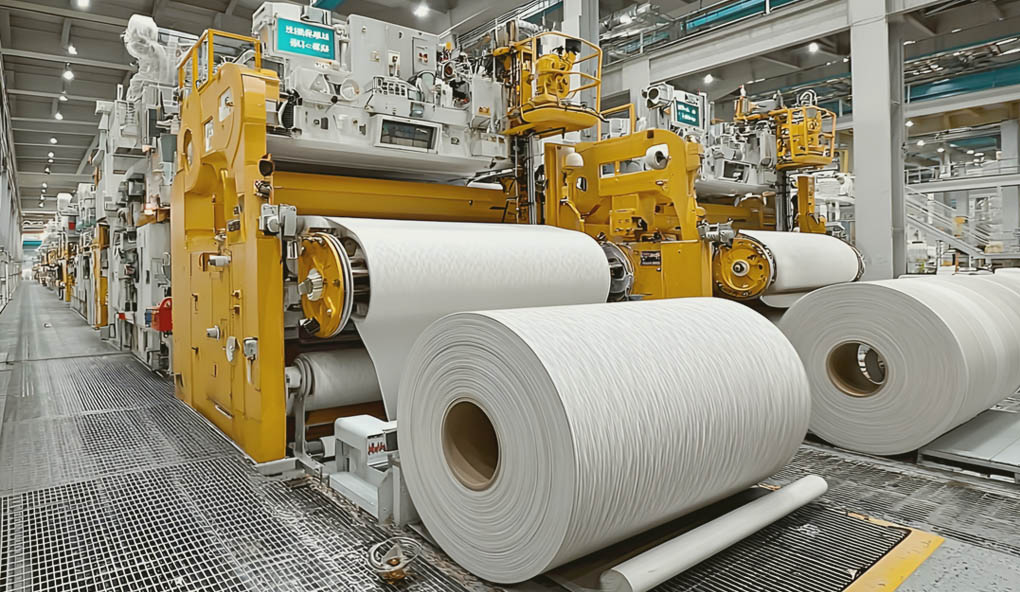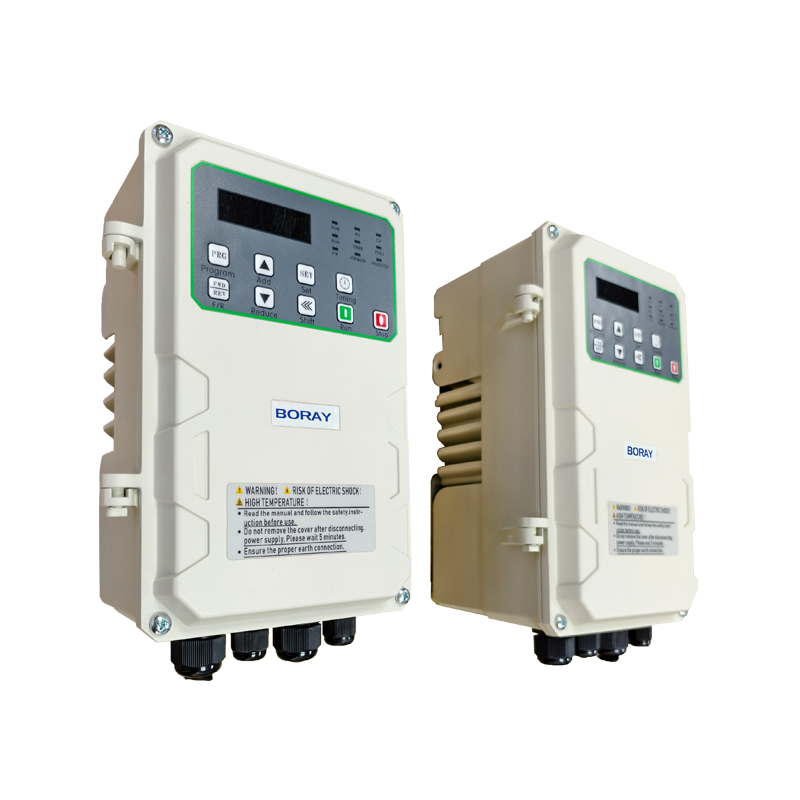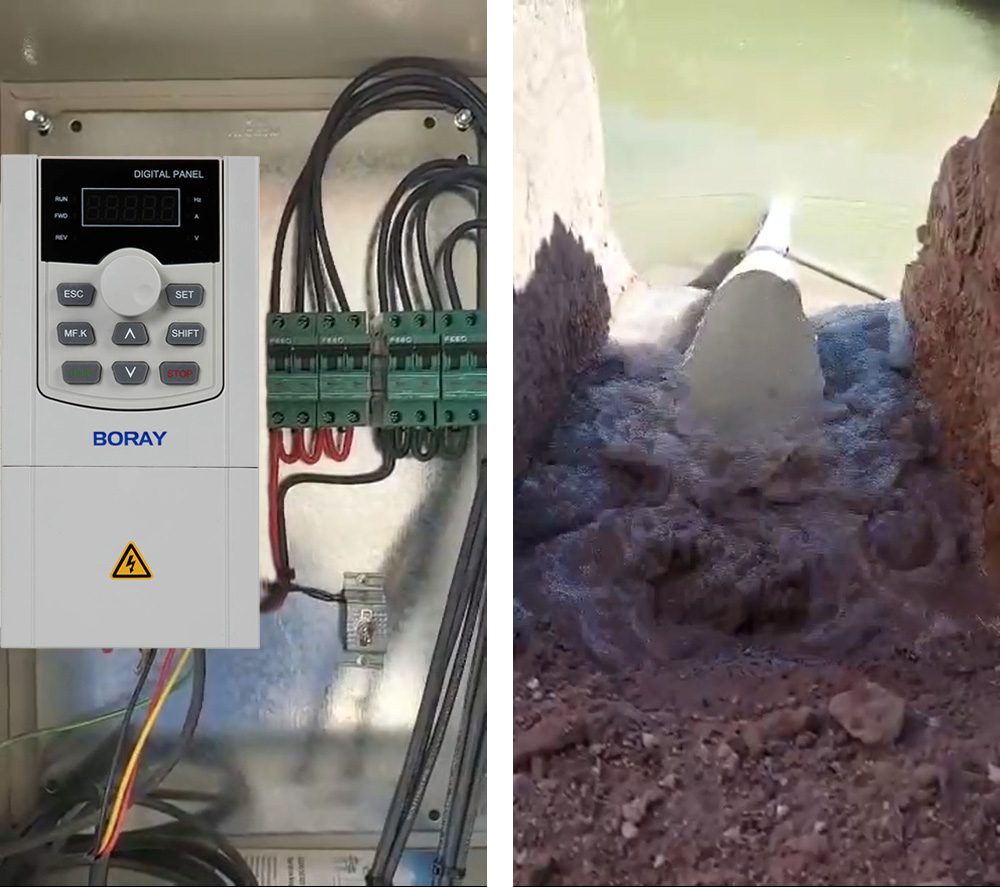In recent years, with the rapid development of industrial automation technology, the application of frequency converters in the papermaking industry has become increasingly widespread, becoming a key equipment for improving production efficiency, reducing energy consumption, and optimizing process control. In all aspects of papermaking production, frequency converters provide strong technical support for the intelligent upgrading and green transformation of enterprises with their precise speed regulation, energy-saving and high efficiency, and stable and reliable characteristics.
Core application of frequency converters in paper mills
1. Paper machine transmission system
The various process sections of modern high-speed paper machines (such as the wire section, press section, drying cylinder, paper reel, etc.) require precise speed matching. The frequency converter intelligently adjusts the motor speed to ensure the synchronous operation of each section transmission, effectively avoid paper breakage or wrinkles, and greatly improve production efficiency and product quality.
2. Energy-saving optimization of fans and water pumps
Traditional paper mills often use valves or baffles to adjust the flow of fans, water pumps and other equipment, which consumes a lot of energy. The frequency converter can dynamically adjust the motor speed according to actual needs, so that the air volume and water flow are accurately matched with production needs, and the energy-saving effect is significant. Some cases show that energy consumption can be reduced by 30%~50%.
3. Tension control for winding and unwinding
In rewinders, coating machines and other equipment, the inverter is combined with a tension sensor to achieve constant tension control, ensuring that the paper is evenly tight during the winding process, reducing material waste and improving the yield rate.
4. Intelligent adjustment of auxiliary equipment
Auxiliary equipment such as agitators and conveyor belts can be flexibly adjusted according to production needs through inverter control, which not only optimizes the process effect, but also reduces equipment wear and extends service life.
Key points of inverter operation and maintenance
To ensure efficient and stable operation of the inverter, operators need to pay attention to the following points:
- Parameter setting: Reasonably configure the frequency range and control mode (such as V/F control or vector control) according to the rated parameters of the motor, and optimize the acceleration and deceleration time to avoid mechanical shock.
- Synchronous control: In a multi-motor transmission system, master-slave control or PID adjustment is used to ensure coordinated operation of each unit.
- Fault protection: Set overload, overcurrent and other protection functions, monitor the operating status in real time, and handle abnormal situations in time.
- Regular maintenance: Keep the equipment clean, check the cooling system, avoid paper dust accumulation affecting the cooling performance, and regularly check the electrical connection status.
With the advancement of the “dual carbon” goal, frequency converters are becoming a key tool for the transformation and upgrading of the papermaking industry with their excellent energy-saving performance and intelligent control capabilities. In the future, combined with the Industrial Internet of Things (IIoT) technology, frequency converters will continue to promote the papermaking industry to develop in an efficient, green and sustainable direction through remote monitoring and intelligent optimization, achieving significant energy-saving and emission reduction effects while improving production efficiency.





